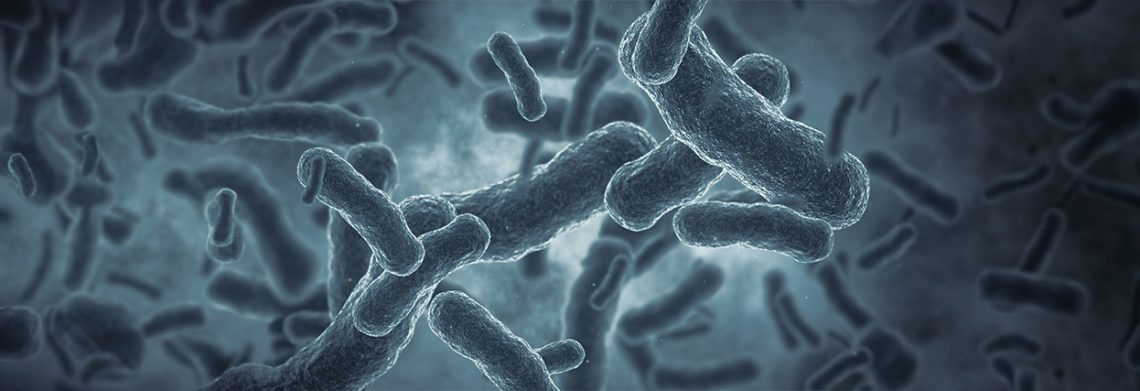Subscribe to our newsletter
Receive news and benefits on health and wellness.

SHA Magazine Health & Beauty
In the physiology of the human body, balance is an essential word. Everything that is out of control and out of balance malfunctions and medicine is devoting more and more effort and resources to restoring the natural balance of functions, micro-organisms and bacteria.
Until a few years ago, the word bacterium was understood only in a negative sense. However, we know now that bacteria are part of an ecosystem comprising a huge number of micro-organisms whose numbers must be kept in balance. There are around 100 million bacteria of more than 300 different species. They perform different functions that are essential for the proper functioning of our bodies.
The skin, oral cavity, vaginal tract and gastrointestinal tract are tissues that, under ideal conditions, allow the orderly and balanced growth of these micro-organisms the gastrointestinal tract being the home of 95% of all these bacteria. Most of them do not cause diseases and are essential for the proper absorption of nutrients. They also act as an important defence barrier and provide the intestinal mucosa with integrity, promoting resistance to infections.
When this natural balance of micro-organisms is disrupted, intestinal dysbiosis occurs. Circumstances such as low-fibre diets, inflammatory processes, autoimmune diseases involving the intestines, such as coeliac disease, an alkaline intestinal pH, stress and, above all, the abuse of antibiotics, can alter micro-organisms and upset the intestinal flora.
The symptoms of dysbiosis include abdominal pain (a frequent discomfort that can be from a tolerable nuisance to a downright unpleasant pain), the sensation of bloating due to excessive accumulation of gas that is often expelled through the mouth, and diarrhoea caused by the imbalance of the microbiota.
Dr. Mariel Silva, a specialist in Integrative Medicine and Well-ageing at SHA Wellness Clinic, explains that intestinal dysbiosis not only causes digestive problems, such as bloating, diarrhoea or chronic constipation, but it can also lead to muscle and joint disorders, eczema, acne and skin problems, fatigue and chronic fatigue, and even irritability and sleeping difficulties.
“After suspecting possible intestinal dysbiosis based on symptoms, pathologies such as coeliac disease and lactose intolerance need to be ruled out, or we need to find out whether the dysbiosis is due to Candida overgrowth. At SHA we use some confirmatory methods to make sure the dysbiosis diagnosis is correct and then plan the treatment,” Dr. Silva explains.
The goal of the treatment for intestinal dysbiosis is to rebalance the intestinal flora by restoring the inside of the digestive tract, in order to normalise intestinal permeability, motility and metabolism, as well as other functions of the intestine.
Often, the administration of probiotics and prebiotics is one of the most common ways to restore the intestinal flora balance, together with the use of specific supplementation for inflammation. However, stress needs to be managed through Pranayama breathing exercises, yoga practice, mindfulness, contact with nature, and more time for oneself and friends.
“Even if it may seem that it is the most difficult one, the easiest thing to change in a patient with dysbiosis is diet. The really complicated thing to manage is stress control. Any treatment for dysbiosis always has to be based on three pillars: diet, exercise and stress management, because there is a bidirectional relationship between the brain and the gut,” Dr. Silva concludes
Receive news and benefits on health and wellness.
